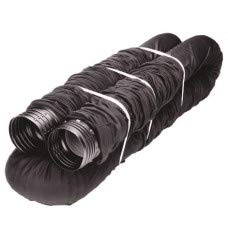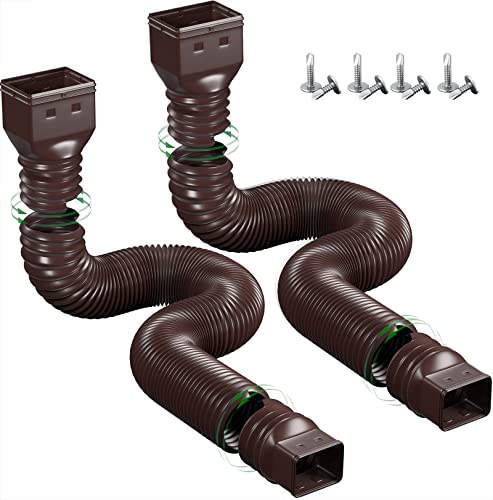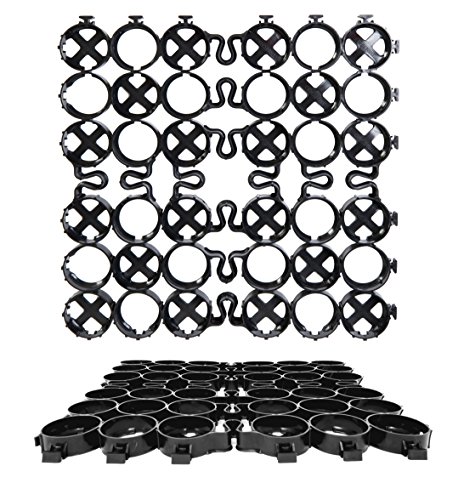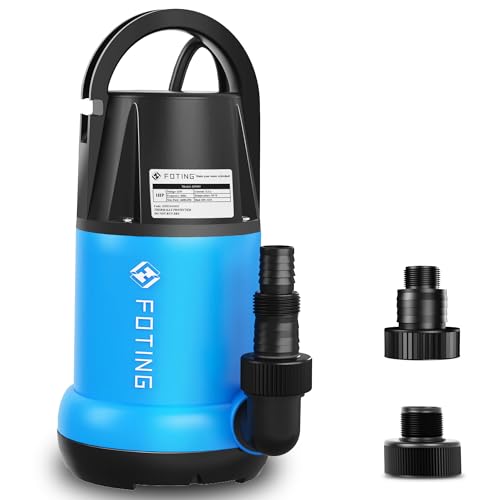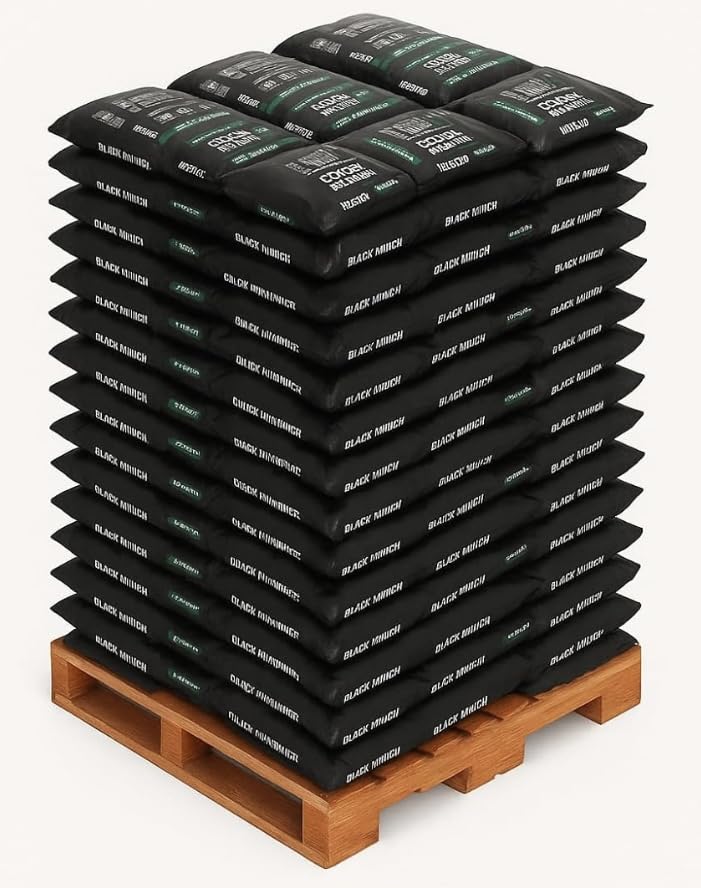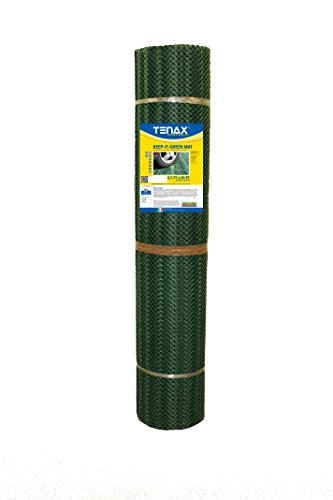Water pooling in your yard? That’s a real headache. It can wreck your plants, mess up the lawn, and even damage your house.
Good yard drainage keeps water from sticking around where it doesn’t belong. Your outdoor space will look better and work the way it’s supposed to.
Maybe your yard’s flat, maybe it’s hilly, or maybe it’s just one big mud puddle. No worries—there are loads of ways to fix drainage problems.
You don’t have to be some landscaping genius or spend your whole paycheck.
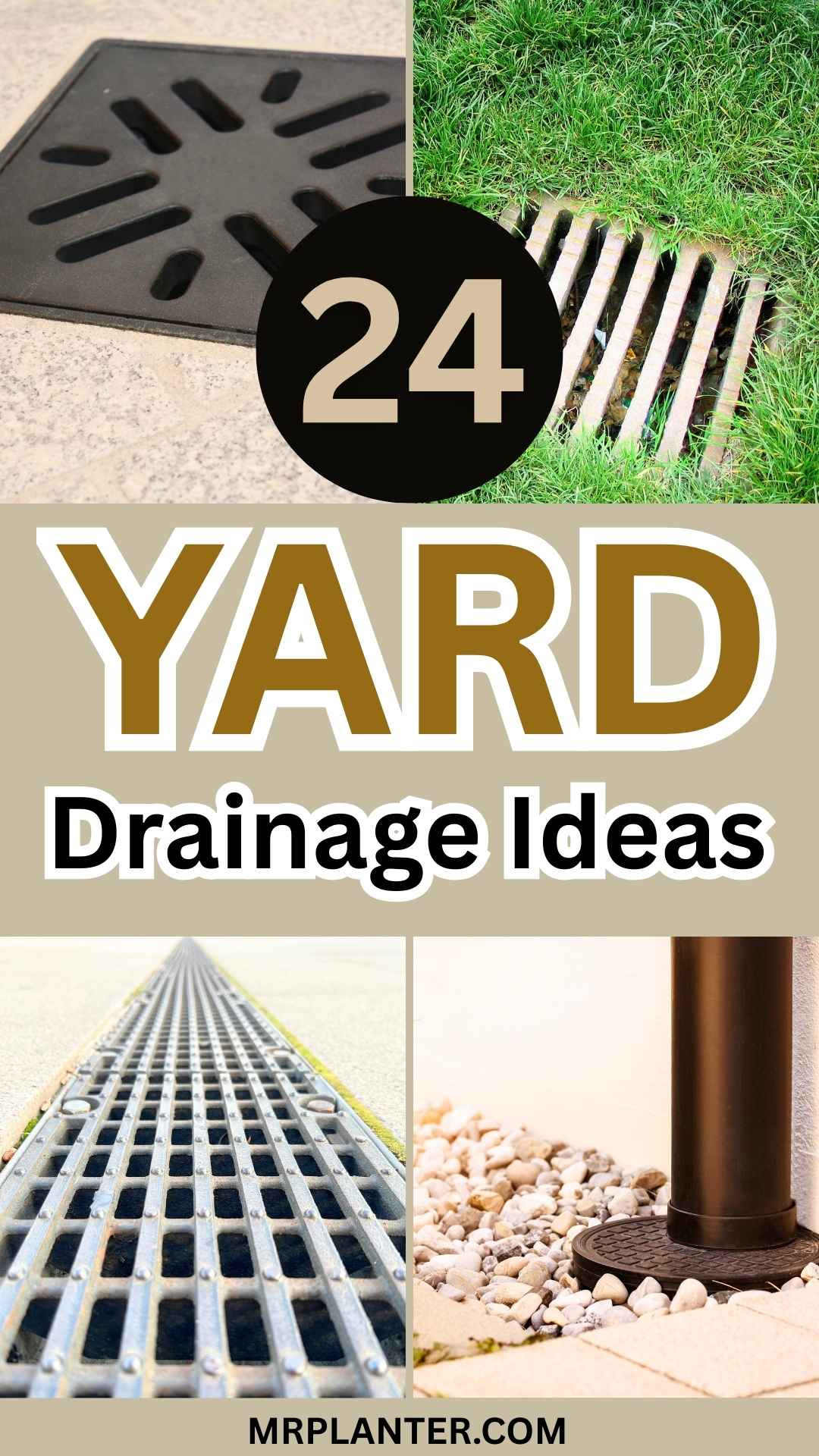
Let’s look at 24 pretty clever ideas that’ll help you dry out your yard and actually enjoy being outside for once.
1. Install French Drains to sneak water away like a stealthy ninja
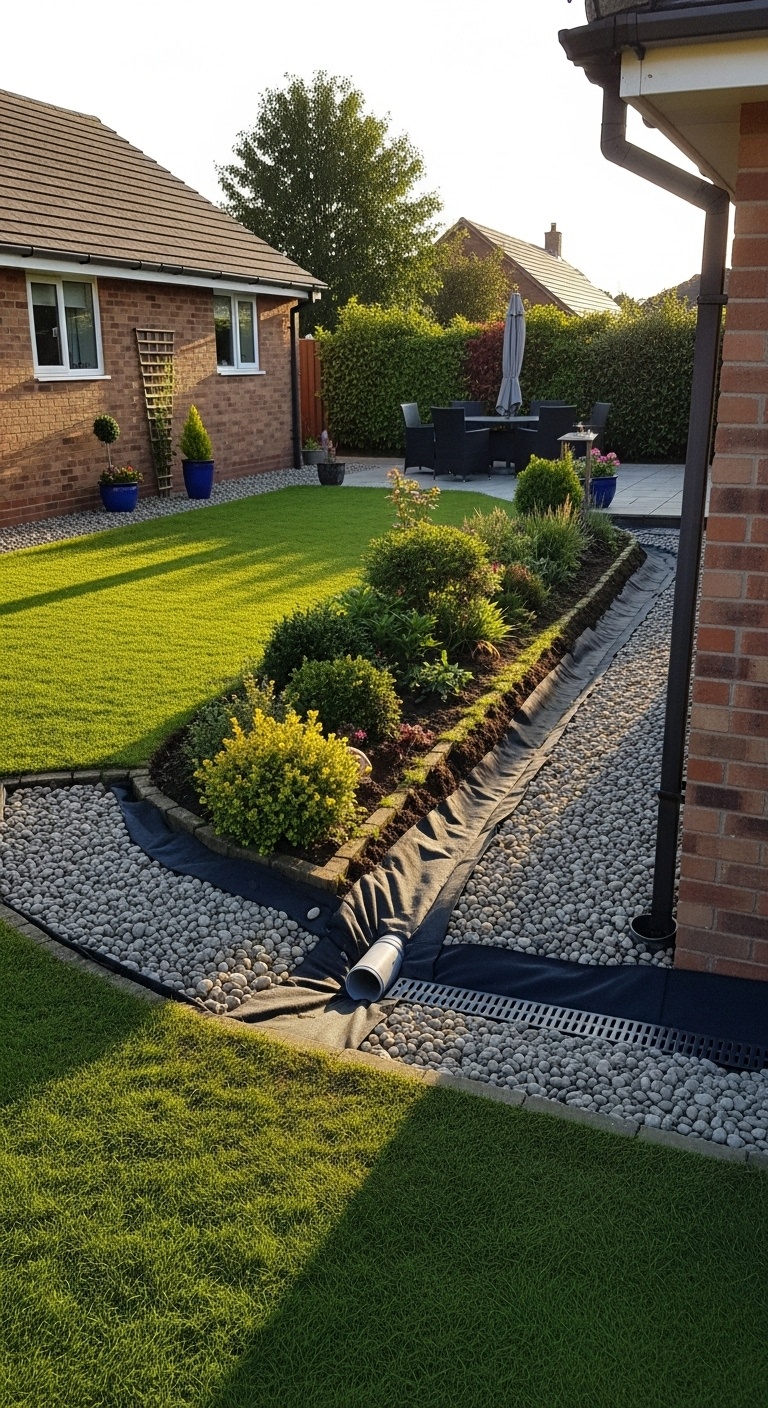
Are puddles popping up where you’d rather have grass? French drains are the answer.
They quietly grab water from soggy spots and move it underground, so you don’t have to worry about surprise floods.
Grab a shovel and dig a little trench. Line it with fabric, toss in some gravel, and lay down a slotted pipe.
- This Product Adds A Great Value
- Product Is Highly Durable And Very Easy To Use
Water slips into the pipe and takes a secret trip away from your yard. It’s like giving water its own secret tunnel, so your lawn can stay dry and chill.
French drains don’t need fancy gear, just a little patience and a solid playlist. Make sure your trench slopes the right way, so water doesn’t just hang out.
Expert Tip From MrPlanter: Aim your drain downhill for smooth water flow. Wrap the fabric tight so silt doesn’t clog your pipe later. Trust me, it’s worth it!
2. Create a Dry Creek Bed for that natural, artsy look with drainage benefits
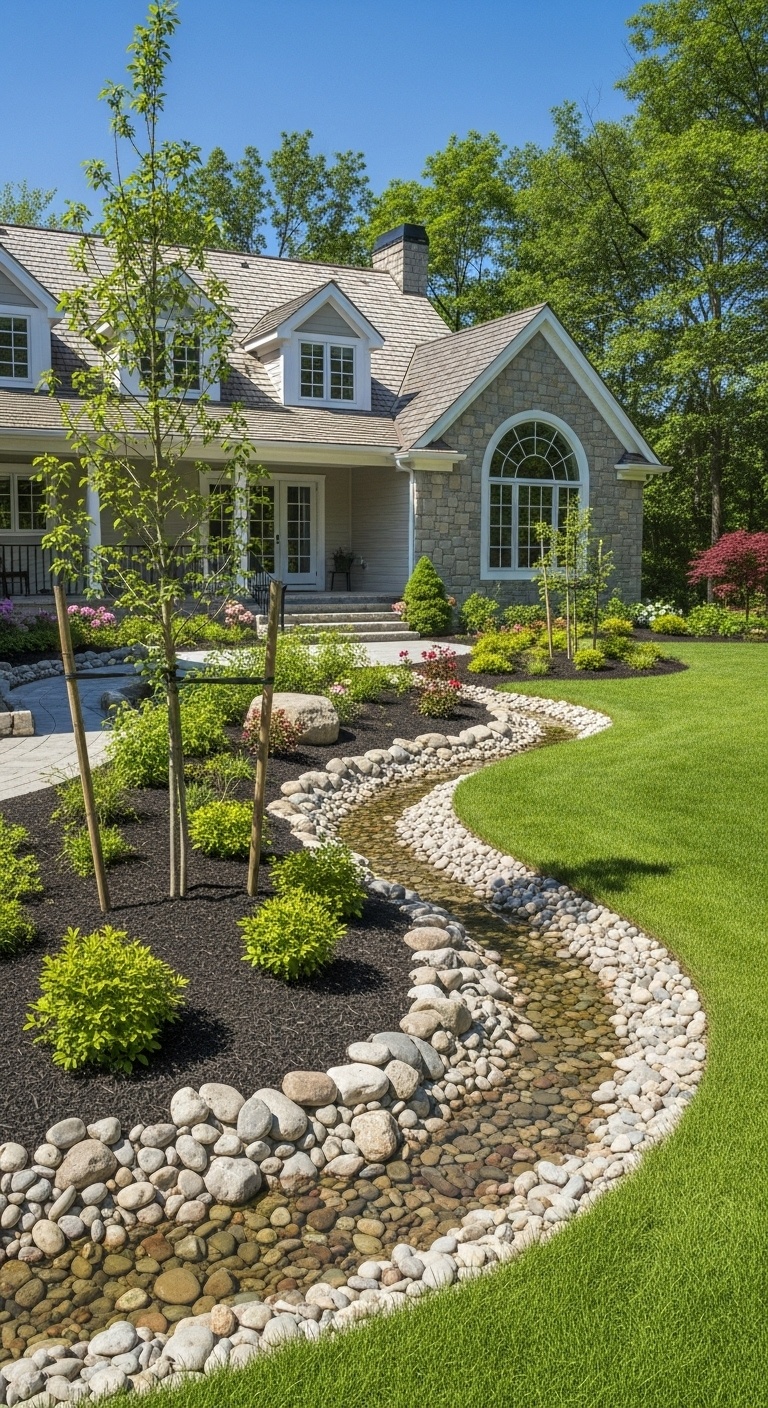
Got a soggy yard and tired of the mud? A dry creek bed can turn that mess into a cool feature.
You dig a shallow trench, line it with stones, and suddenly you’ve got a mini riverbed.
- 【25PCS Painting Stones】This is a set of 25 river rocks for painting, 2-3″ in size. Please pay attention to the size….
- 【Easy to Paint】The rock for painting is easy to paint, but not easy to scratch your hands. The surface and edges is…
- 【Weight & Size】Weight: 20 pounds. Size: 2-3 inches. Mixed color river rocks are clean and smooth,and contains a…
- 【River Rocks】Mixed color natural river stones are non-toxic and eco-friendly river rocks. These pebbles are…
It’s not just for show—it actually helps with drainage. Plus, it looks kind of fancy, like you hired a designer (but you didn’t).
Add some plants along the edges for extra greenery and less work. Try mixing up rock sizes to make it look more natural.
Expert Tip From MrPlanter: Pick rocks that fit your yard’s vibe. Native plants around the creek bed blend it in and make it super easy to care for.
3. Extend Downspouts way beyond the house—water needs a road trip, not a condo party
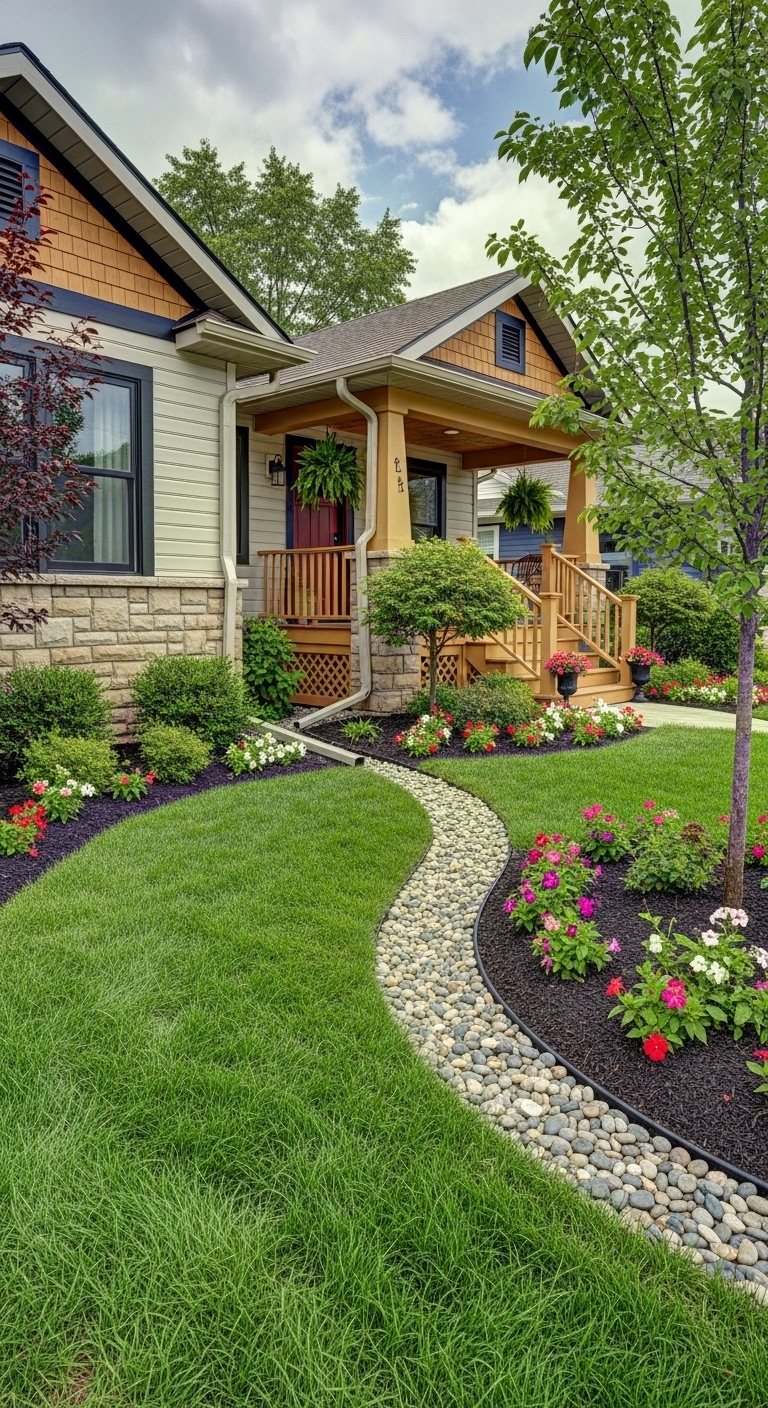
Letting water chill out at your foundation is just asking for trouble. If your downspouts dump water right next to your house, you can end up with leaks and a sad garden.
Send that water on a trip! Attach downspout extensions and aim for at least 4 to 6 feet away from your house.
- KEEPS FOUNDATIONS DRY:Gutter Downspout extension can easily be extended from 22 Inch to 58 Inch to divert unwanted…
- TIDY LAWN:Enjoy a tidier lawn & yard! this affordable Downspout extender set helps prevent flooding, erosion, &…
- 【 US Patented Product 】: No.D988482, No.D988483, No.D997309, No.D1009230, No.D1012250, No.D1016252, No.11885441
- 【 Thickened Material 】: This downspout extender is made of PE material, we thicken them to make it more harder and…
Plastic pipes, splash blocks, or even underground drains work great. The goal is to keep water moving and not let it settle in where it can cause problems.
Gentle slopes or a simple path will keep things flowing away from your home.
*Expert Tip From MrPlanter: “Check where your downspouts are pointing—don’t send water straight into your neighbor’s yard. A gentle slope is your friend!”
4. Build a Rain Garden to turn splash zones into splash parties for plants
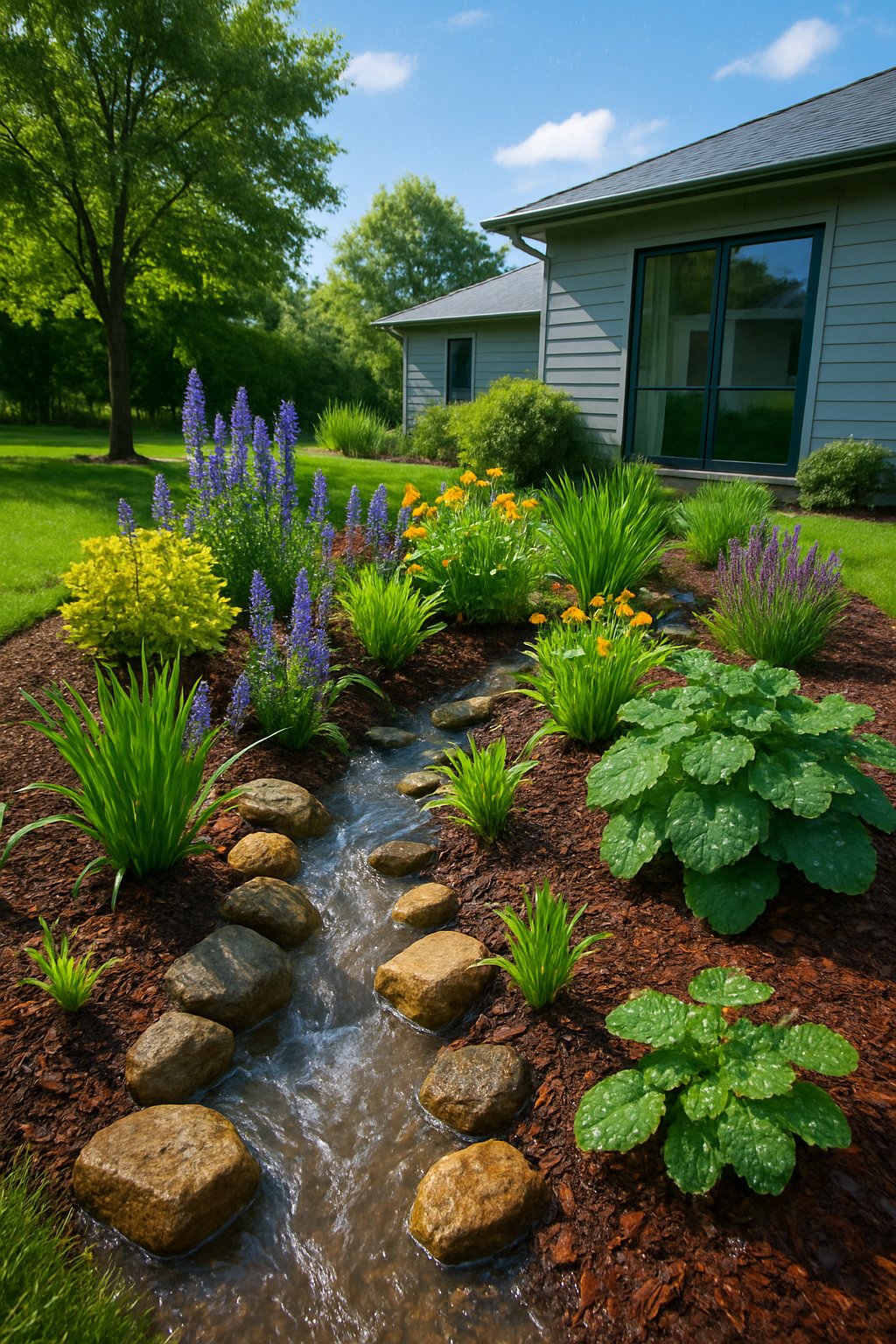
Got a wet patch that never dries up? Why not make it a rain garden and let plants soak up the fun?
A rain garden is just a shallow dip where rainwater gathers and slowly seeps into the soil. You can stop puddles and run-off, and your plants will love it.
Stick water-loving plants at the bottom. On the higher edges, go for wildflowers or whatever likes a little moisture but not a swimming pool.
Native plants are best—they’re tough, low-maintenance, and bring in pollinators like bees and butterflies.
Over time, your rain garden helps keep streams clean by slowing down runoff and filtering out the gunk.
Expert Tip From MrPlanter: Pick plants that handle different wetness levels for each zone. And honestly, it’s fun to watch what shows up—frogs, butterflies, maybe even a curious squirrel.
5. Use Permeable Pavers so water can do its thing instead of just puddling up
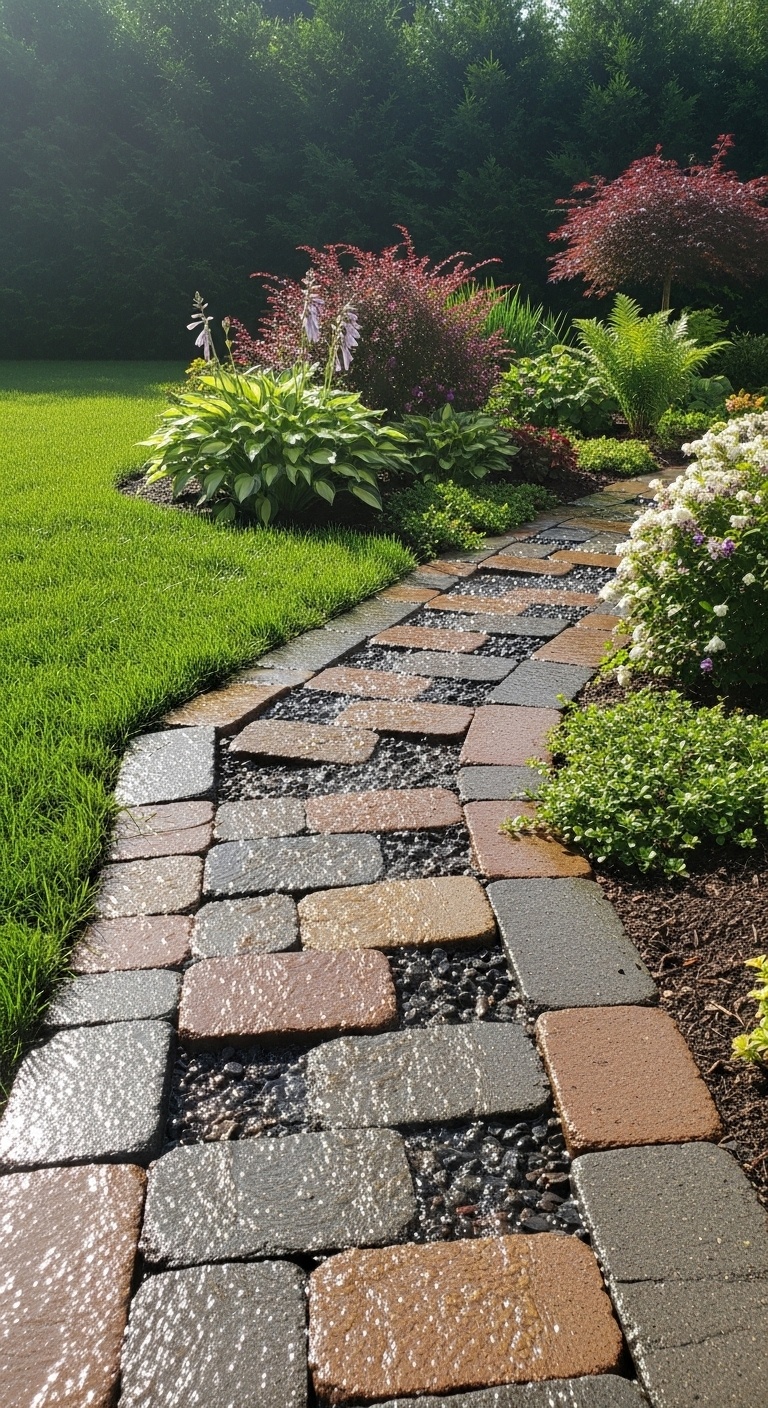
Tired of puddles after every rain? Permeable pavers let water slip through the cracks, so you don’t end up with a mini lake.
- DURABLE AND ECO-FRIENDLY: Crafted from 100% recycled PPE plastic, our gravel paver system delivers exceptional strength…
- IMPRESSIVE LOAD CAPACITY: With the capacity to handle up to a staggering 27,000 lbs (depending on the base and fill…
- EASY TO USE: Our lightweight permeable pavers are easy for any level of DIYer to install; Feel proud of your own outdoor…
- MADE IN USA & RECYCLED: TRUEGRID PRO PLUS paver grids are made in the USA from 100% post consumer recycled HDPE
Instead of pooling on top, water goes down into the soil. That means less flooding, less runoff, and your plants get a drink.
Permeable pavers come in all sorts of styles, so your yard doesn’t have to look boring.
They work great for driveways, patios, and walkways. You get better drainage and fewer muddy spots.
Expert Tip From MrPlanter: “Go for pavers with wider gaps if you get a lot of rain. Keep those gaps clear—no one likes a clogged paver!”
6. Add a Sump Pump for the hardcore wet zone warriors among us.
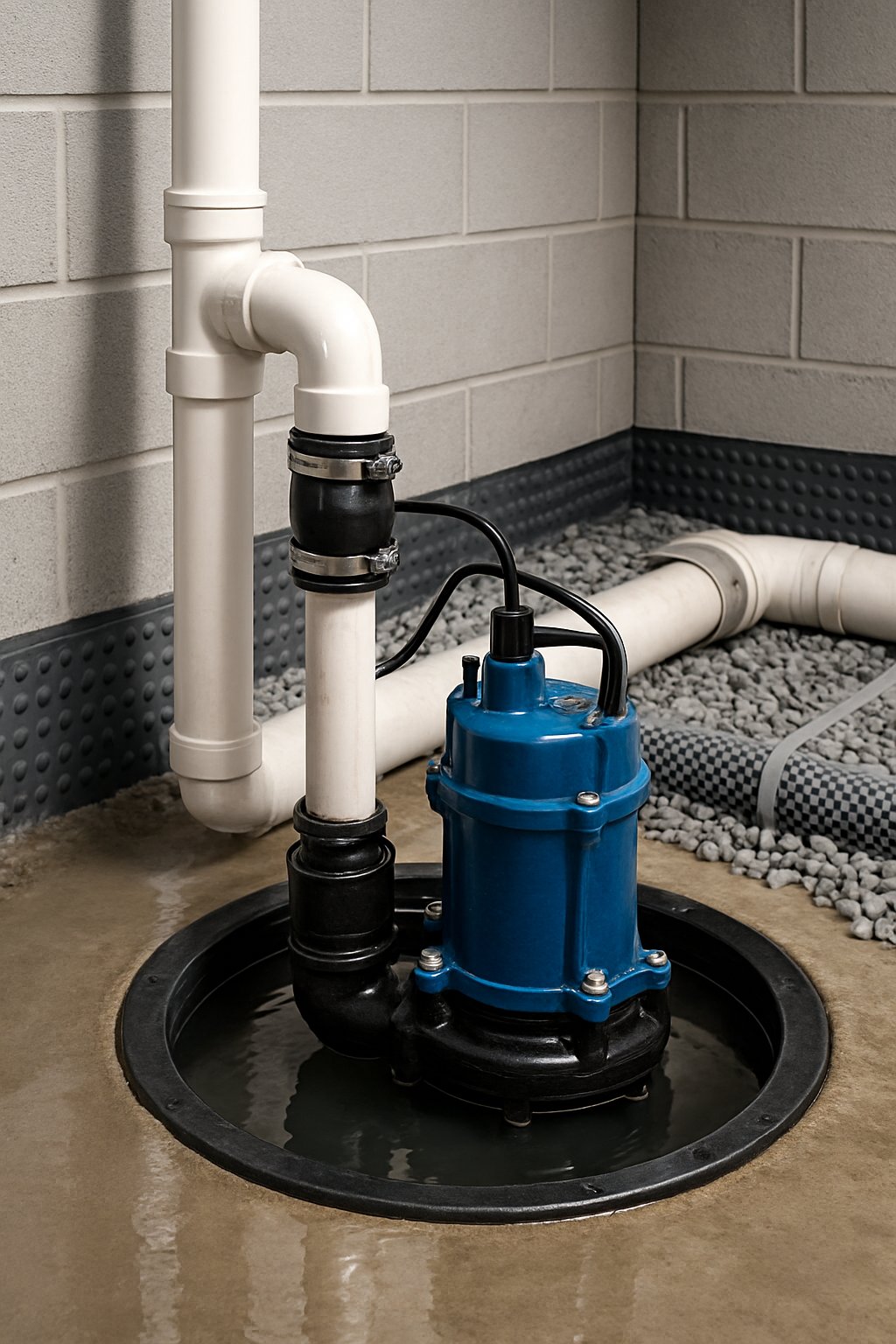
Do you have a yard that never dries out, no matter what you do? A sump pump might be your secret weapon.
- Efficient Sump Pump: Aquastrong sump pump with 1HP powerful motor. Draining water up to 4500GPH Per Hour( 75 gallons per…
- Portable Design: Plug in to play while unplug to stop. Bottom suction design filters debris and removes water down to…
- EFFICIENT DRAINAGE: Utility pump with 1HP power motor for Draining water up to 4600 GPH( 76 GPM) at 5ft. Lift water up…
- PORTABLE PUMP: Plug in to play while unplug to stop. Sump pump filters debris and removes water down to 1/5 inch from…
Install one in a pit where water collects. When the water rises, the pump kicks on and shoots it out through a pipe, far away from your house.
This keeps your yard from turning into a swamp. Pop-up drainage emitters at the end of the pipe keep leaves and critters out.
Sump pumps are perfect for flat yards or those stubborn wet spots that just won’t quit.
Expert Tip From MrPlanter: “Check your sump pump every now and then. A quick look can save you from a soggy disaster later.”
7. Dig a Swale—think of it as a shallow ditch giving water a smooth highway diversion
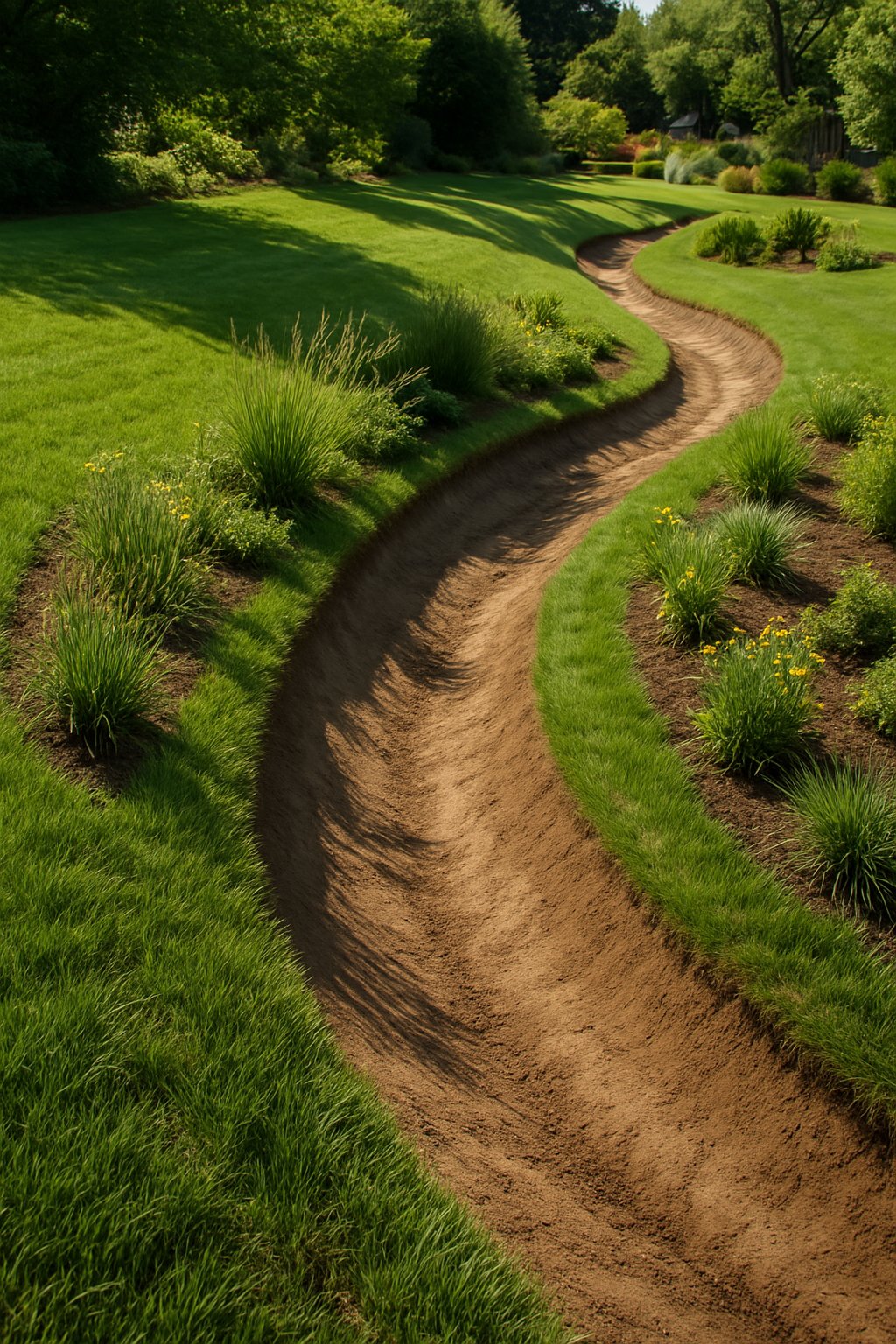
Water never wants to stay put, especially when it rains. A swale is a shallow ditch that guides water away from problem spots.
Follow your yard’s natural slope. That way, water moves gently along the swale and soaks in as it goes.
Cover it with grass or plants to slow the water even more. Dig your swale with a slight slope—just enough to keep water moving but not rushing.
It’s like building a mini river that keeps your yard dry.
Expert Tip From MrPlanter: Line your swale with plants that like moist soil. It looks good and helps water keep moving.
8. Lay Gravel Trenches that act like thirsty sponges soaking up wayward rain
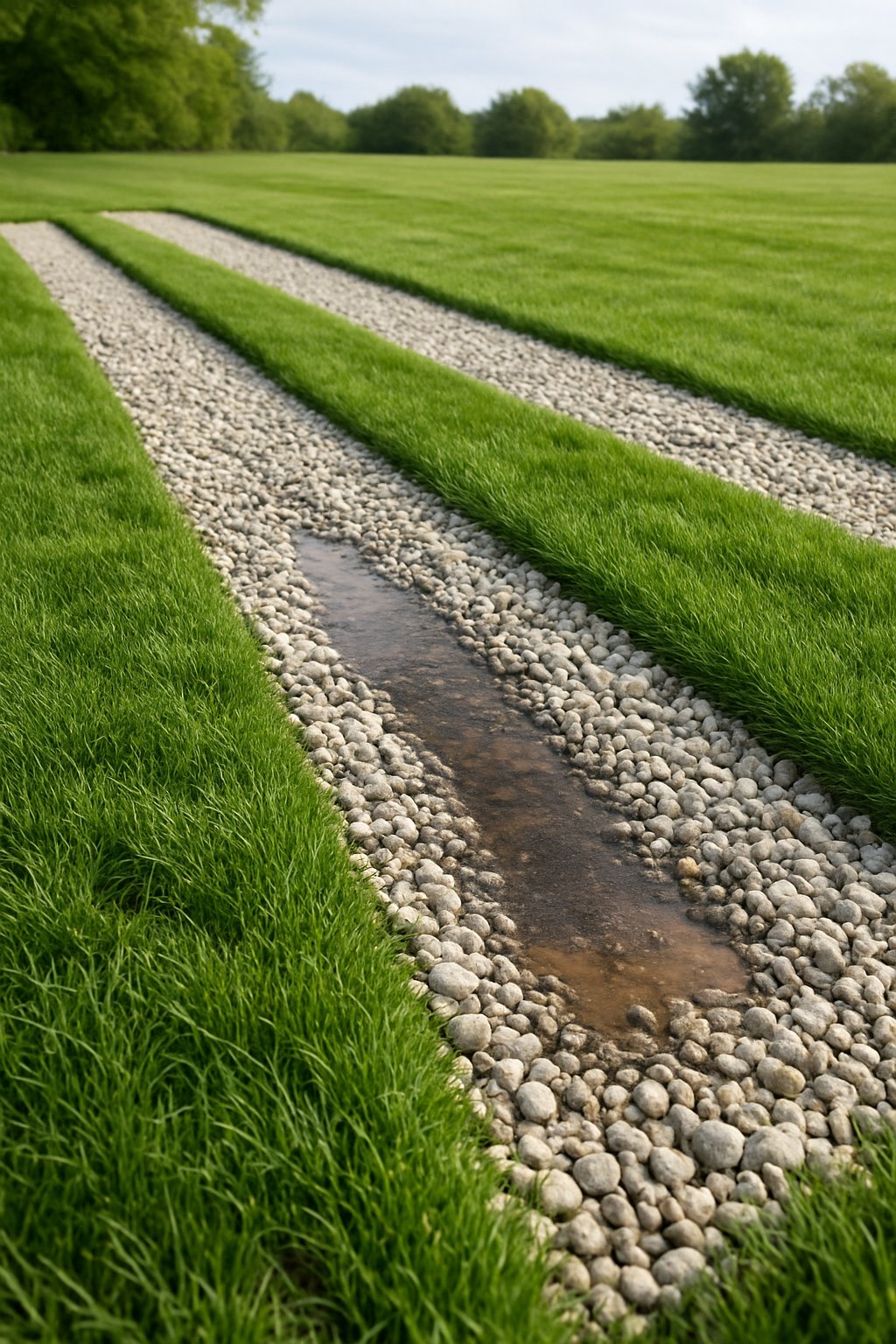
Ever notice how water just hangs out in your yard after a storm? Gravel trenches soak up that extra rain and move it underground.
- AQUARIUM GRAVEL: GloFish Aquarium Gravel creates a colorful base for all your GloFish ornaments.
- RANGE OF COLORS: Choose from a variety of colors to best complement your aquarium décor!
- 100% Natural Material: ZOOFOX small rocks stones are all natural. Their natural attribute will make them last longer…
- Multiple Uses: The washed pea gravel is perfect for home decor and a creative interior and exterior design, which can be…
Dig a shallow trench where water pools, then fill it with gravel. The gravel lets water travel through fast, so you don’t get flooded.
It also keeps soil from washing away. Gravel trenches fit in almost anywhere—along gardens, near your house, wherever water likes to cause trouble.
You don’t need fancy equipment, just a shovel and some elbow grease.
Expert Tip From MrPlanter: Make your trench wide enough and slope it slightly downhill. Combine with good yard grading for the best results.
9. Install Catch Basins that gulp down excess water like a garden vacuum
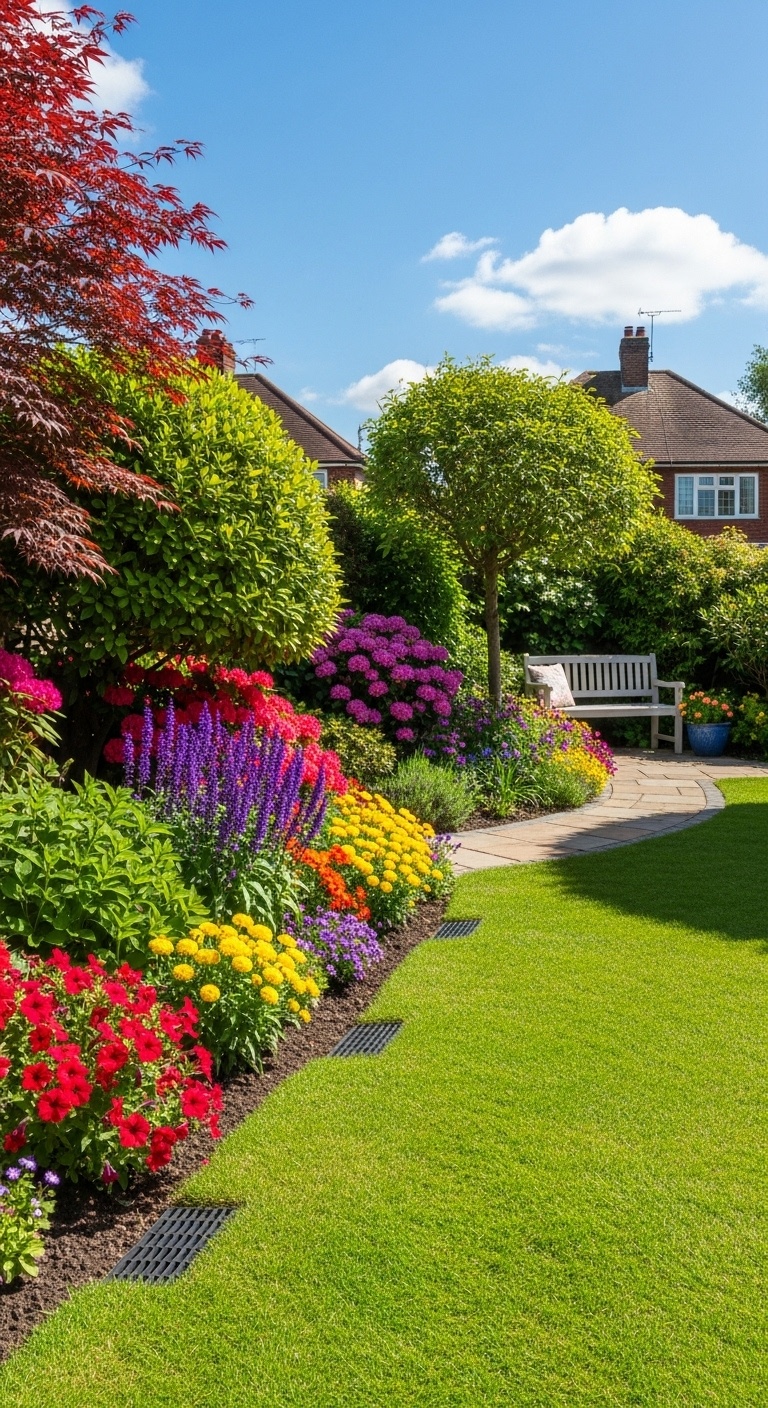
Got water pooling in all the wrong places? Catch basins act like little vacuums, sucking up that extra water before it turns your yard into a swamp.
Bury them at low spots or near downspouts. They grab the runoff and send it through pipes, so your grass stays dry.
You can install catch basins with basic tools and a bit of muscle. They help stop flooding and keep your foundation safe.
Expert Tip From MrPlanter: Use a grate on top to catch leaves. Clean it out every so often—trust me, it’s worth the five minutes.
10. Plant Deep-Root Vegetation to naturally slurp up groundwater and keep soil stable
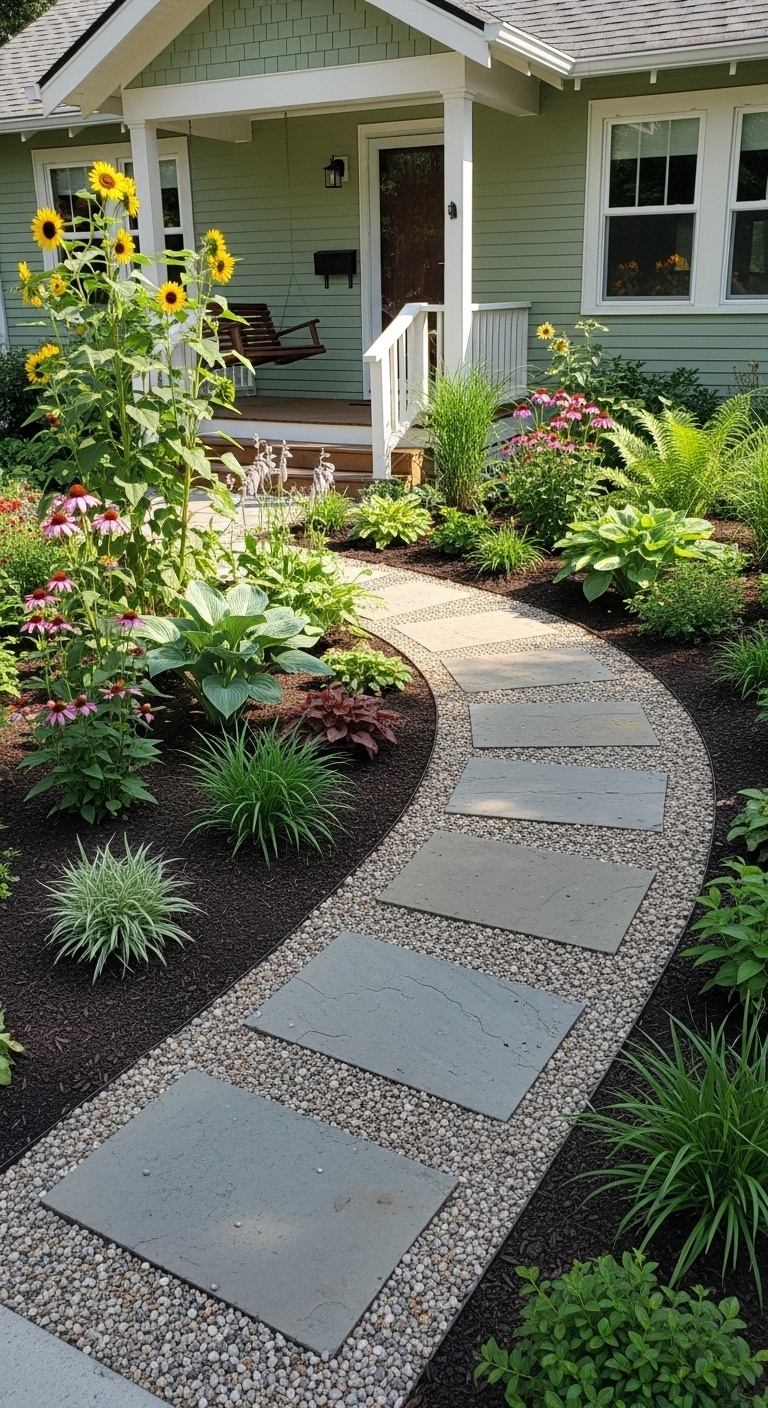
Deep-rooted plants work like little underground straws. Their roots dive down and soak up extra water, so your yard doesn’t get soggy.
These roots also hold the soil in place, stopping erosion when it rains. Over time, your yard gets stronger and healthier.
Pick native shrubs or grasses that fit your climate. Less work for you, and they’ll thrive without much fuss.
Expert Tip From MrPlanter: Choose deep-rooted natives—they’re tough and do most of the work for you. Your soil will thank you!
11. Use a Surface Drainage System if your yard is a watery mess after every rain dance
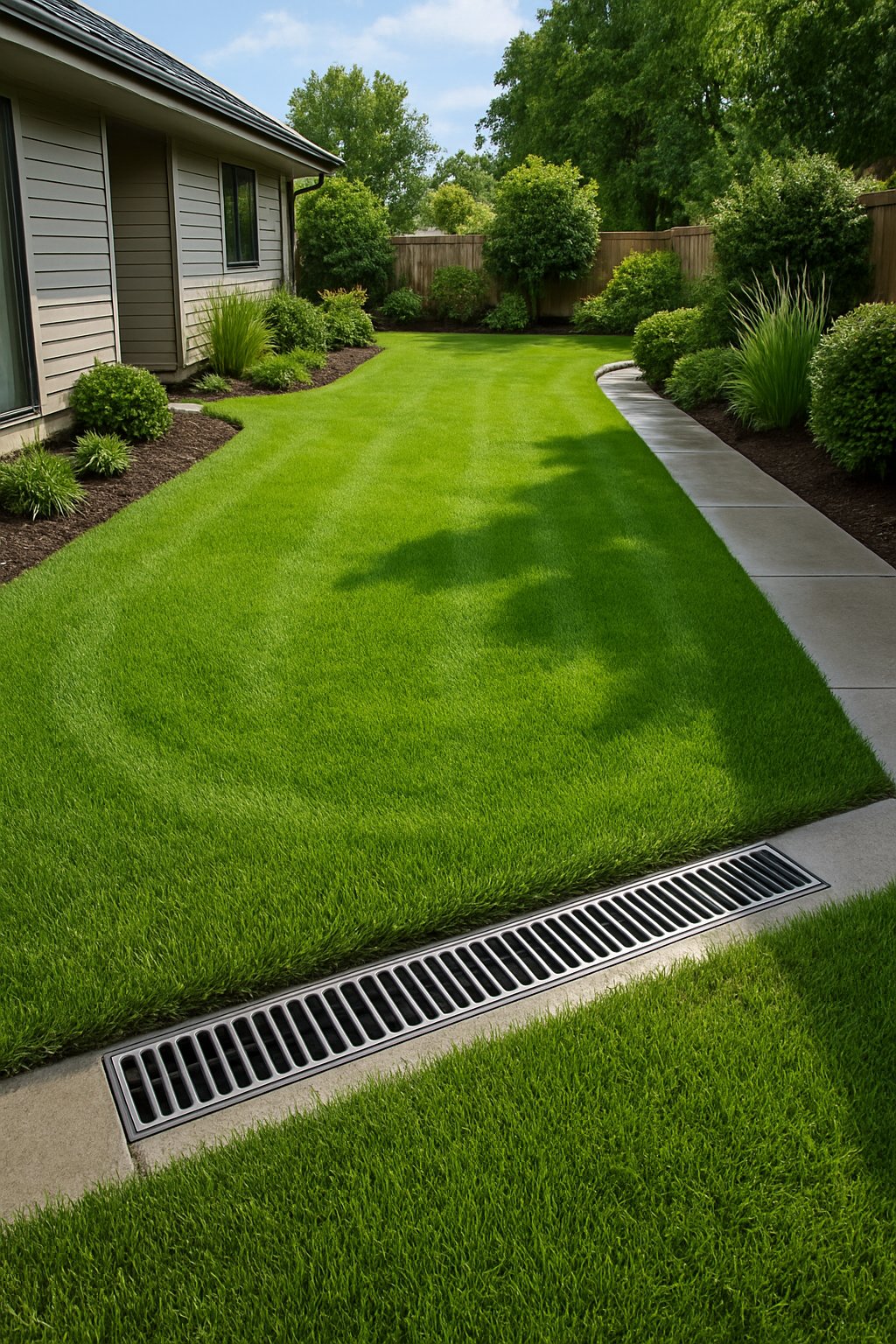
Ever feel like your yard turns into a pond every time it rains? Surface drainage systems help move water out before it becomes a problem.
Guide water to a safe spot with simple channels, shallow trenches, or a slight slope. This keeps puddles from sticking around and protects your lawn and house.
You don’t need to get fancy. Even small changes in slope can make a huge difference.
Expert Tip From MrPlanter: Check your yard’s slope—sometimes just a little adjustment is all it takes to keep water moving away from your house.*
12. Put in Dry Wells to stash unwanted water underground like a secret agent
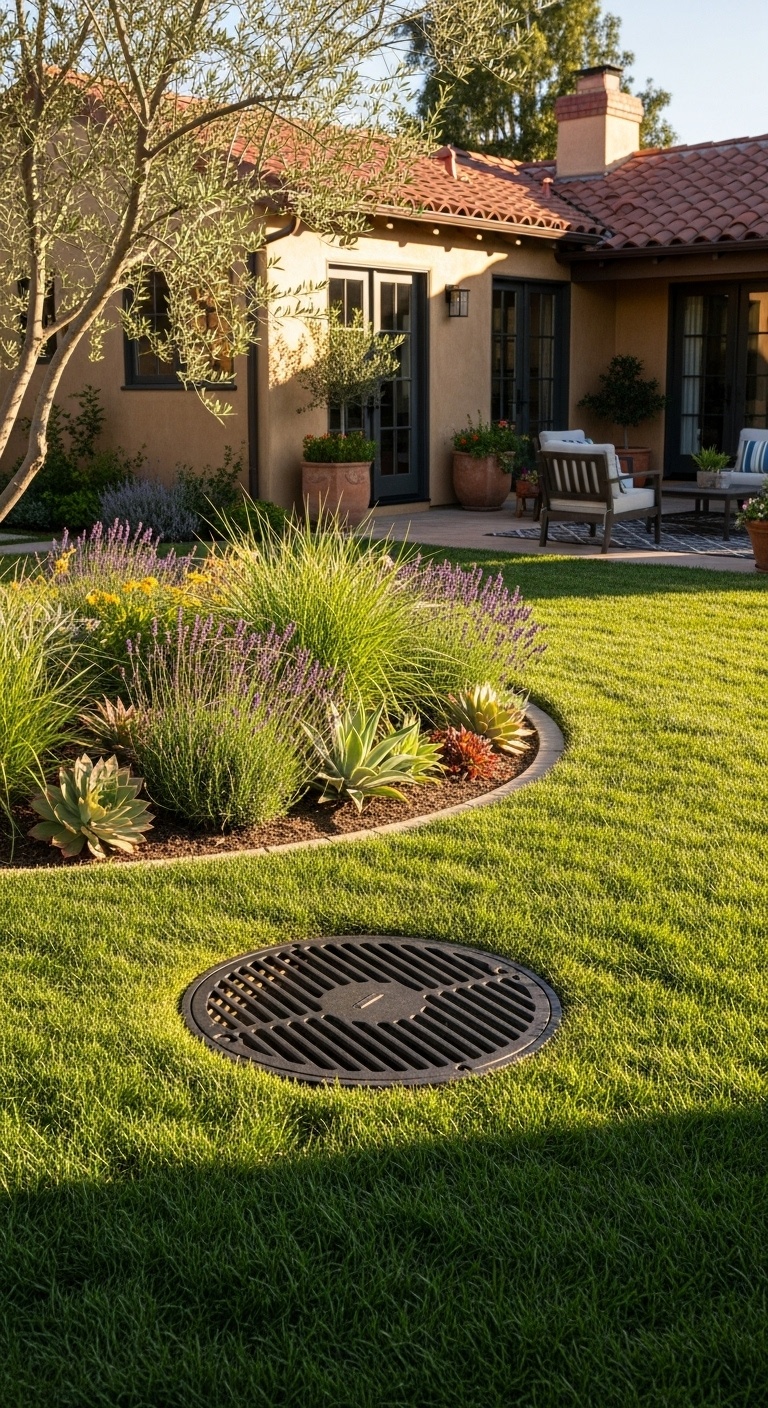
Ever had water hang around your yard like it just can’t take a hint? Dry wells work a bit like undercover agents—they hide underground and grab that extra water, then quietly let it soak away where it can’t cause trouble.
You just dig a hole, line it, and fill it with gravel or a fancy container. When rain pours down, the dry well grabs the water before it can make a mess.
Instead of puddles or soggy spots, that water slowly disappears beneath your feet. It’s perfect if you’ve got low spots or areas that always turn into mud pies.
You don’t need chemicals or pumps—just a shovel and some grit.
Expert Tip From MrPlanter: “Pick a spot where water always gathers for your dry well. Fill it with clean gravel, and check it now and then to keep it from clogging up.”
13. Slope Your Yard Away from your home—because even yards need personal space
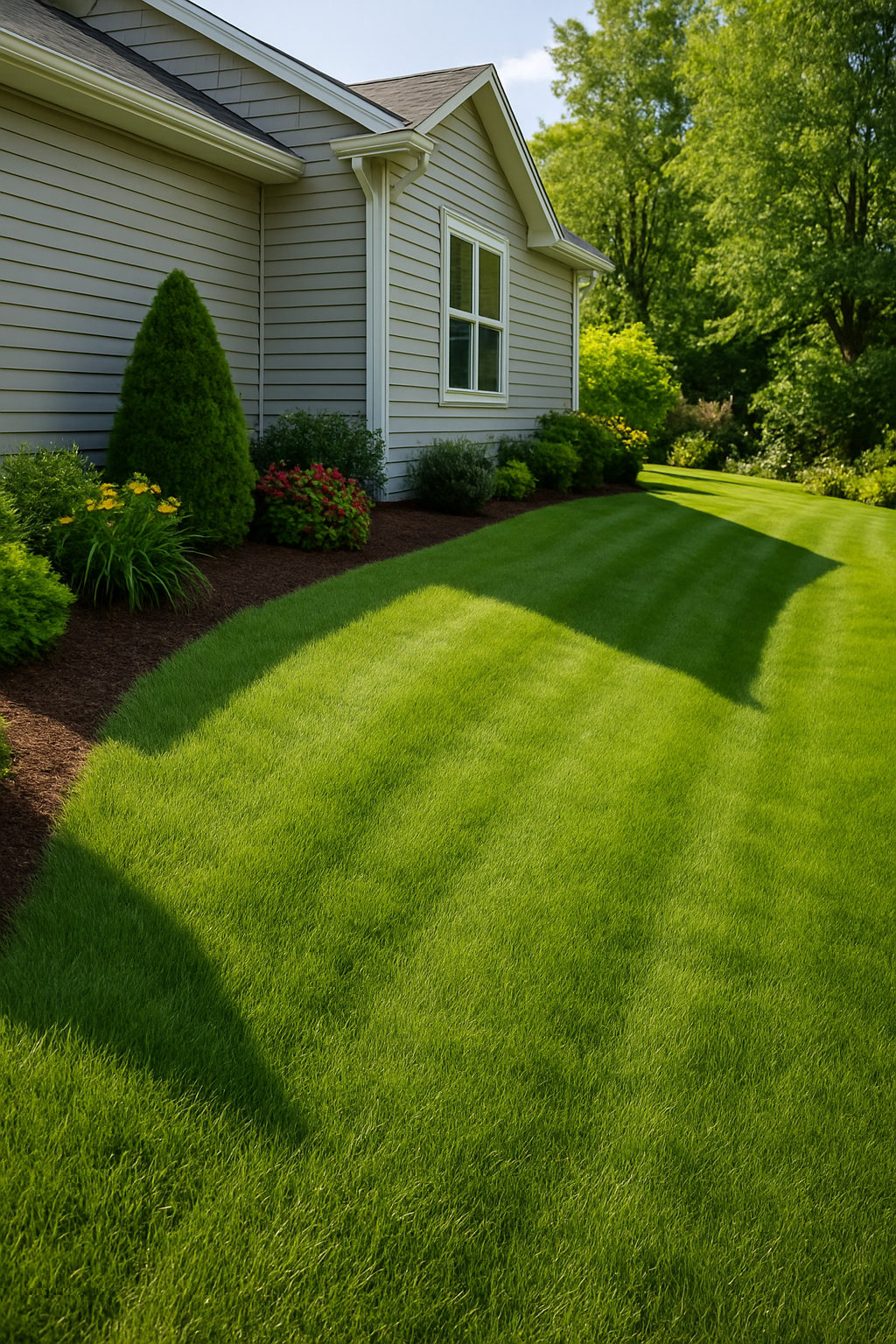
It’s wild, but your yard can push water right up to your house if you let it. That’s why giving your yard a gentle slope away from your home is a total game-changer.
When you angle the soil away, rainwater stops pooling near your foundation. That means less mold, fewer leaks, and less drama in the basement.
Plus, your plants will thank you when water drains off the right way. You don’t have to create a ski slope—just a gentle, steady tilt does the trick.
Expert Tip From MrPlanter: A slow, steady slope keeps your home dry and your yard smiling. Move a little soil and let gravity handle the rest.
14. Add Rain Barrels for a backyard rainwater collection fiesta.
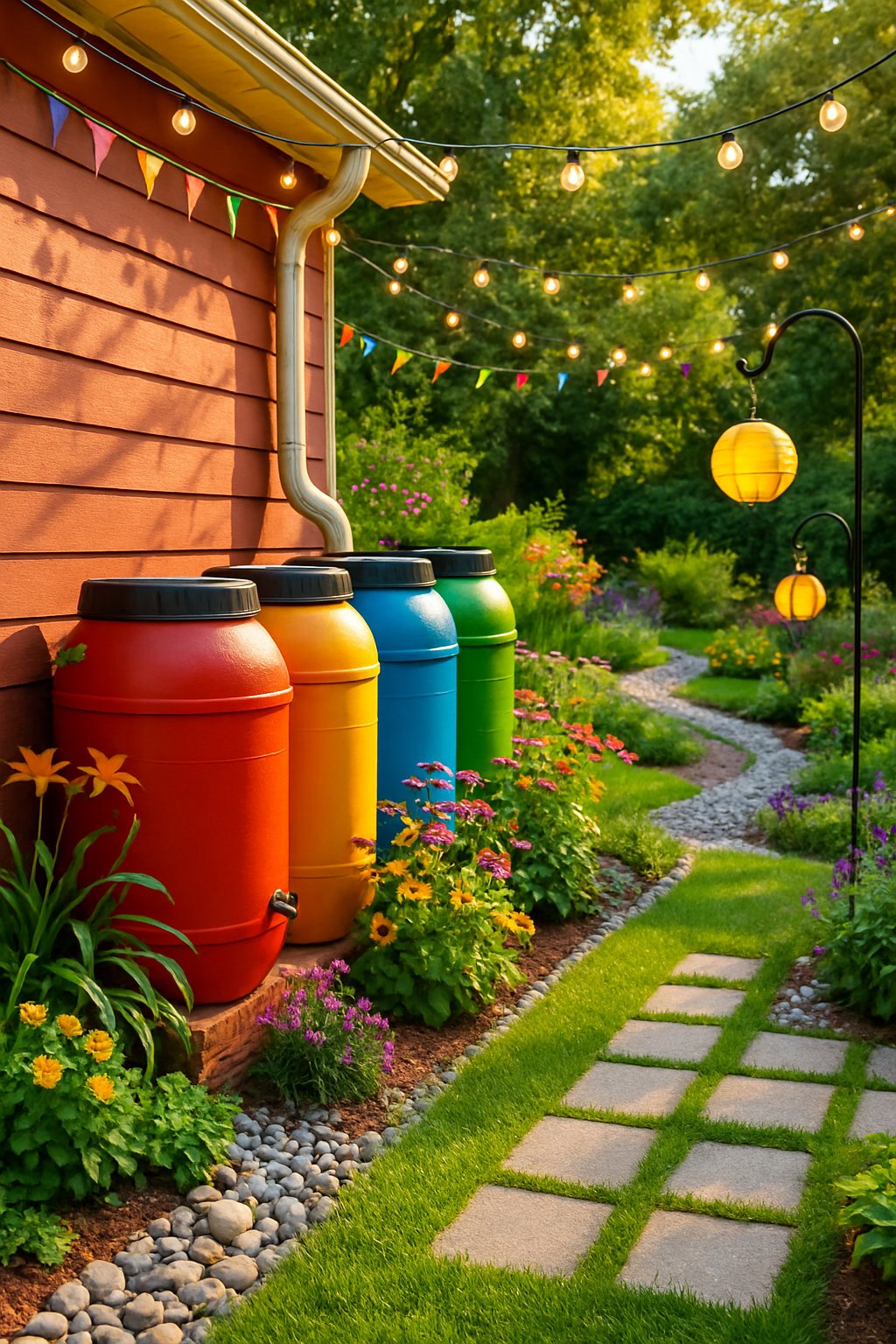
Your roof throws a party every time it rains—so why not let your yard join in? Rain barrels catch all that water, turning every shower into a mini celebration for your plants.
You hook up a barrel to your gutter, and it saves water for later. Water your plants, wash your tools, or even splash your feet on a hot day—your call.
Rain barrels come in all sorts of colors and styles. Pick one that matches your vibe.
Setting one up is pretty easy. You just need a barrel, a downspout, and a good spot.
It’s a sneaky way to save cash and help the planet, all while keeping your garden in top shape.
Expert Tip From MrPlanter: “Stick your rain barrels under downspouts to grab the most water. Give them a quick clean now and then so your water stays fresh.”
- Complete Set: Includes debris screen, garden hose, shut off thumb valve, hanging hose clip
- Easy Installation: Shallow depth and flat back characteristics facilitate effortless installation and strategic…
- 50-Gallon Capacity: Provides ample storage for harvested rainwater, ideal for watering gardens, lawns, and plants.
- Durable Construction: Made from UV-resistant polyethylene for long-lasting durability and protection from the elements….
15. Use Landscaping Berms to guide water like a moat
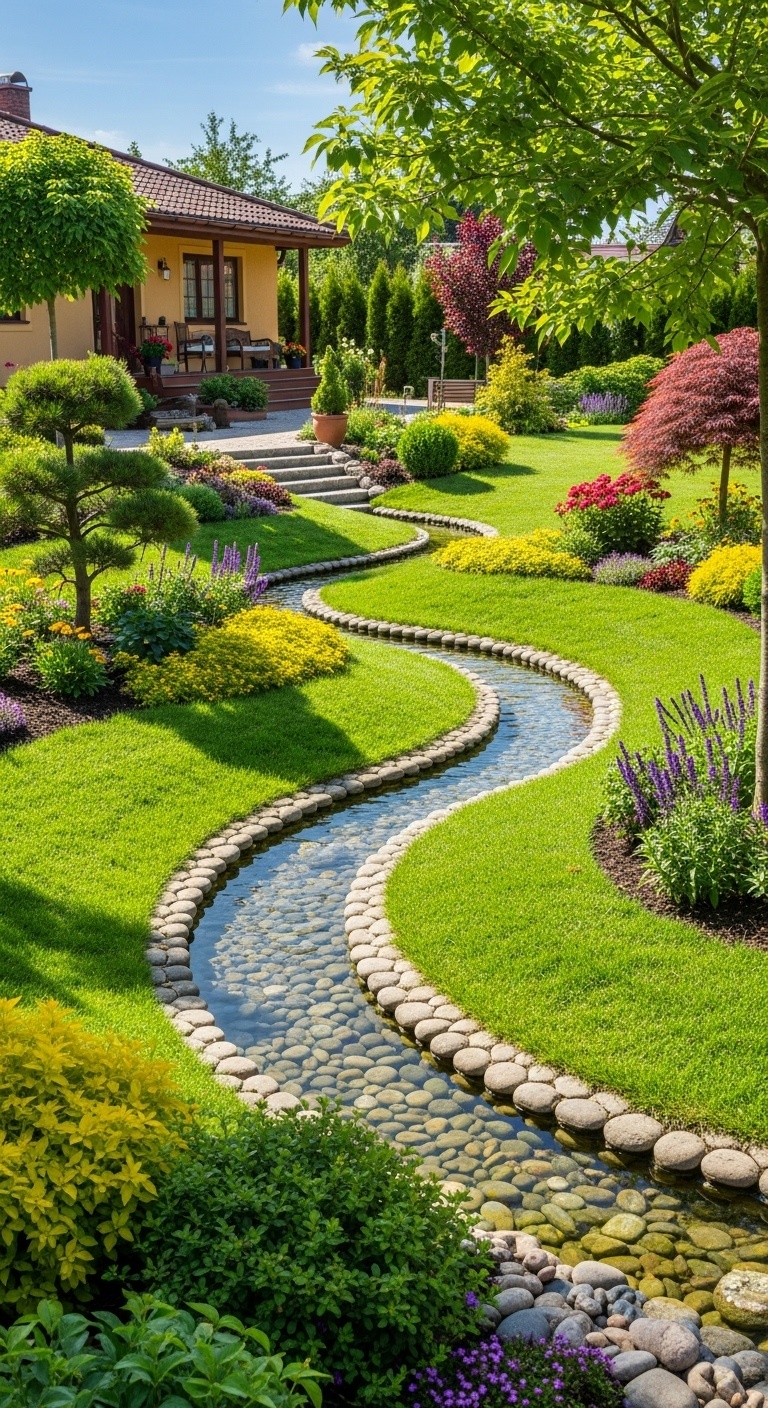
Moats aren’t just for fairy tale castles—your yard can have its own, thanks to berms. Berms are just raised mounds of earth that steer water away from places you don’t want it to go.
Think of them as gentle hills that nudge rainwater around your garden, keeping puddles away from your house.
Berms slow down runoff and guide water to spots where it can soak in. They’re perfect for protecting your foundation or stopping low spots from turning into mini lakes.
Plus, they make your yard look more interesting. Who doesn’t love a little extra shape and height in the landscape?
You just watch where water likes to pool, and build your berms to change its path. It’s like setting up a tiny river system for your yard.
Expert Tip From MrPlanter: Start with small berms and check them after a rain. Tweak as you go—berms are super forgiving and easy to adjust.
16. Apply Mulch Thickly to retain moisture but also aid water absorption and slow runoff
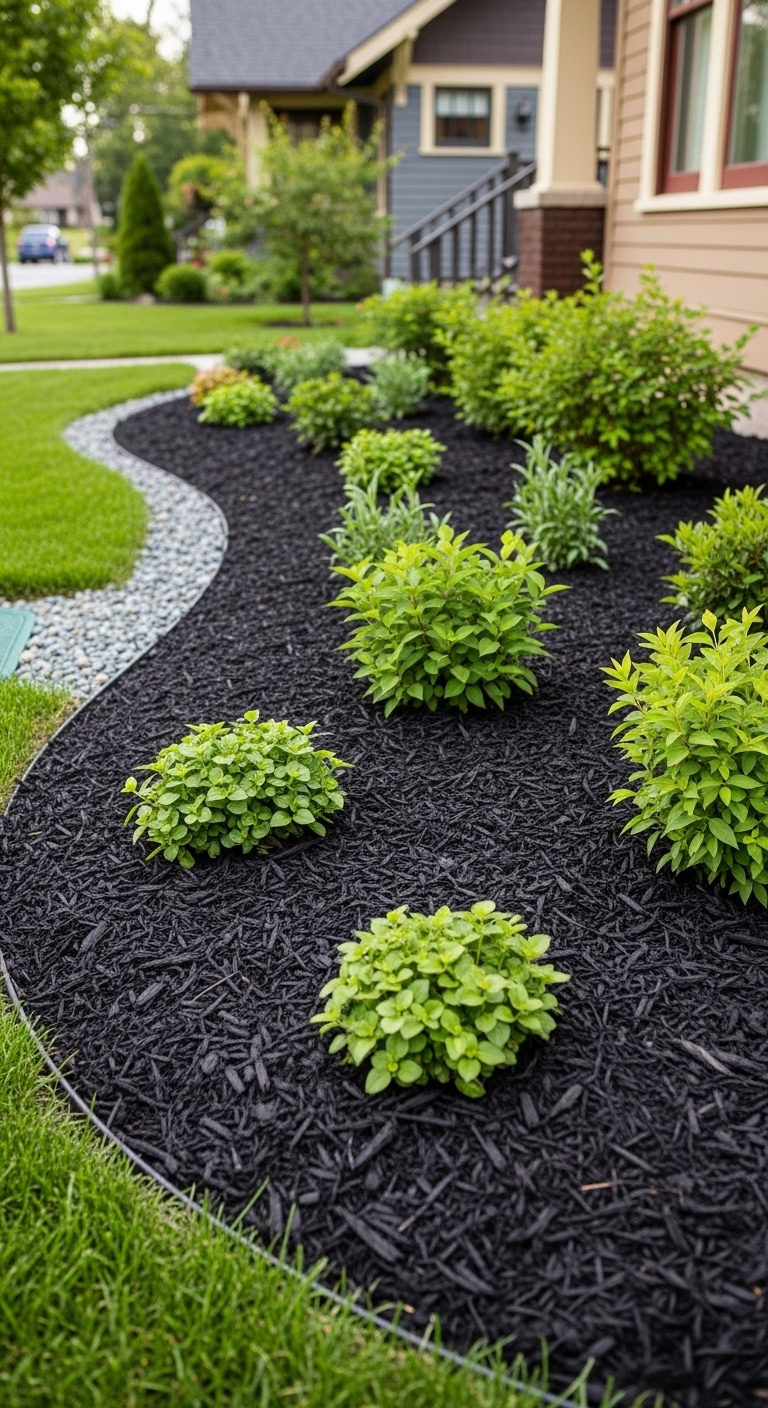
Think your soil soaks up all the water it gets? Mulch can totally change the game.
When you spread mulch thickly, it keeps moisture in the soil longer. Your plants stay hydrated, even during those blazing summer days.
- 100% Organic & Peat-Free: Our organix mulch mix is 100% organic & peat-free. Peat is one of Mother Nature’s most…
- Intended for use in Mulch Soil: Our unique soil blend is ideal for nurturing herbs, vegetables, and fruits planted in a…
- Helps maintain your garden
- Great accent to your garden
A good layer of mulch also helps water seep into the ground instead of running off. It slows down rain, giving the soil a chance to drink up.
Mulch keeps the soil from crusting over too, which makes it easier for water to get in. And hey, it stops weeds and keeps roots cool—bonus!
Use wood chips, straw, or even leaves. Just pile it up about 3-4 inches thick for the best results.
Expert Tip From MrPlanter: “Spread mulch like you’re tucking your garden in for bed. Keep it thick, but leave a little gap near stems so roots don’t get soggy.”
17. Install Channel Drains along pathways to keep your strolls dry and classy
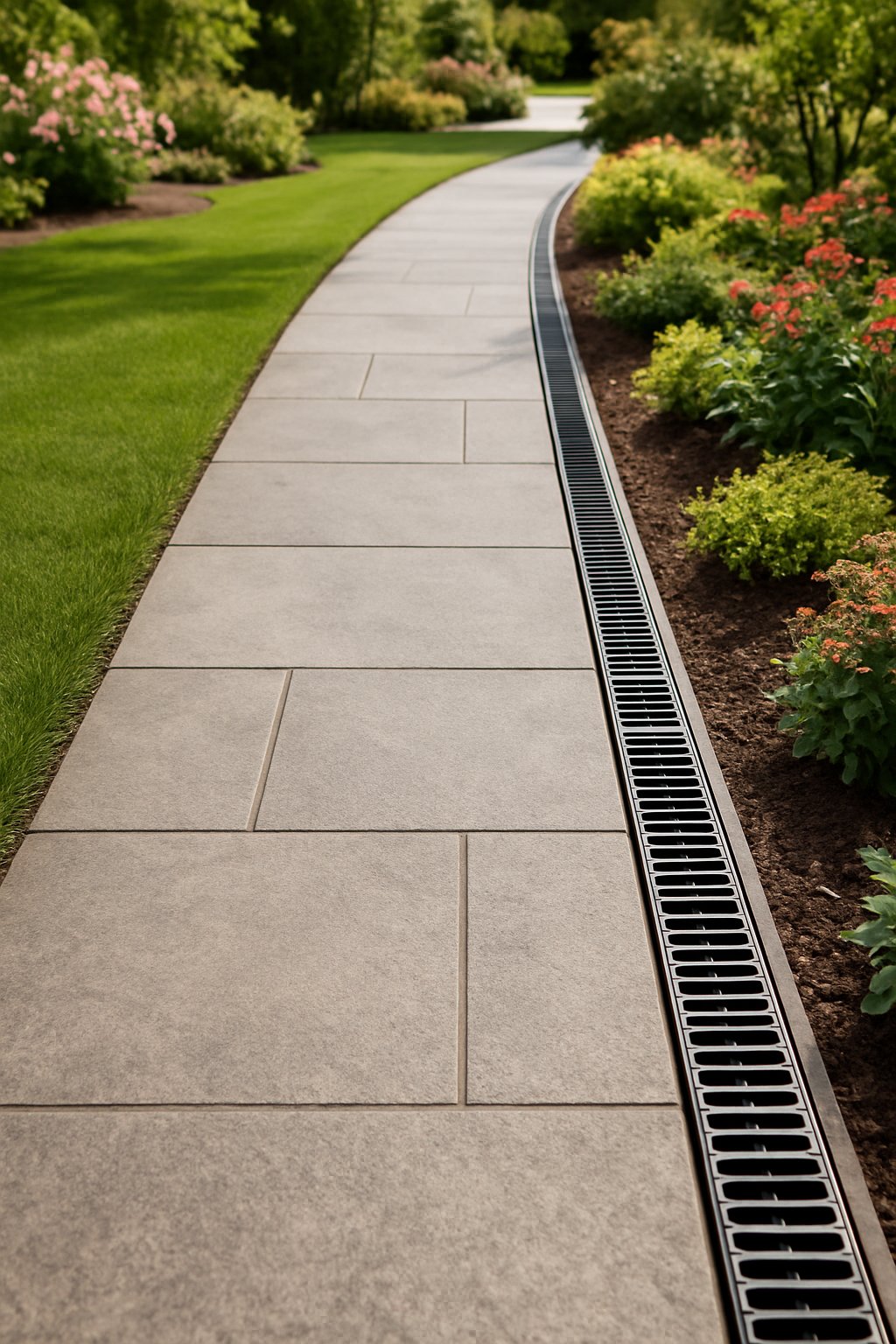
Puddles on your path are more than just annoying—they can turn your walk into a slip-and-slide. Channel drains along your walkways catch water before it pools and makes a mess.
These drains fit right into your pathway and send water away fast. You’ll keep your shoes clean and your strolls safe, even after a big rain.
You don’t need a toolbox from outer space. Dig a trench, lay the drain with a slight slope, and cover it back up.
It’s a small job with a big payoff.
Expert Tip From MrPlanter: Keep drain grates clear of leaves and dirt. Check after storms so your path stays dry and friendly.
- Shallow system – perfect for any home. Includes grating, end cap, and bottom outlet!
- A Class Rated – Pedestrians
- Low-profile channel drain system for lightweight to medium applications. Dimensions of each channel: 5″ W x 3″ H x 39″ L…
- This Drain Channel System can be connected on multiple bottom positions and side outlets, easy cut out guides. Included…
18. Create Buffer Strips with grasses to catch runoff and embarrass erosion
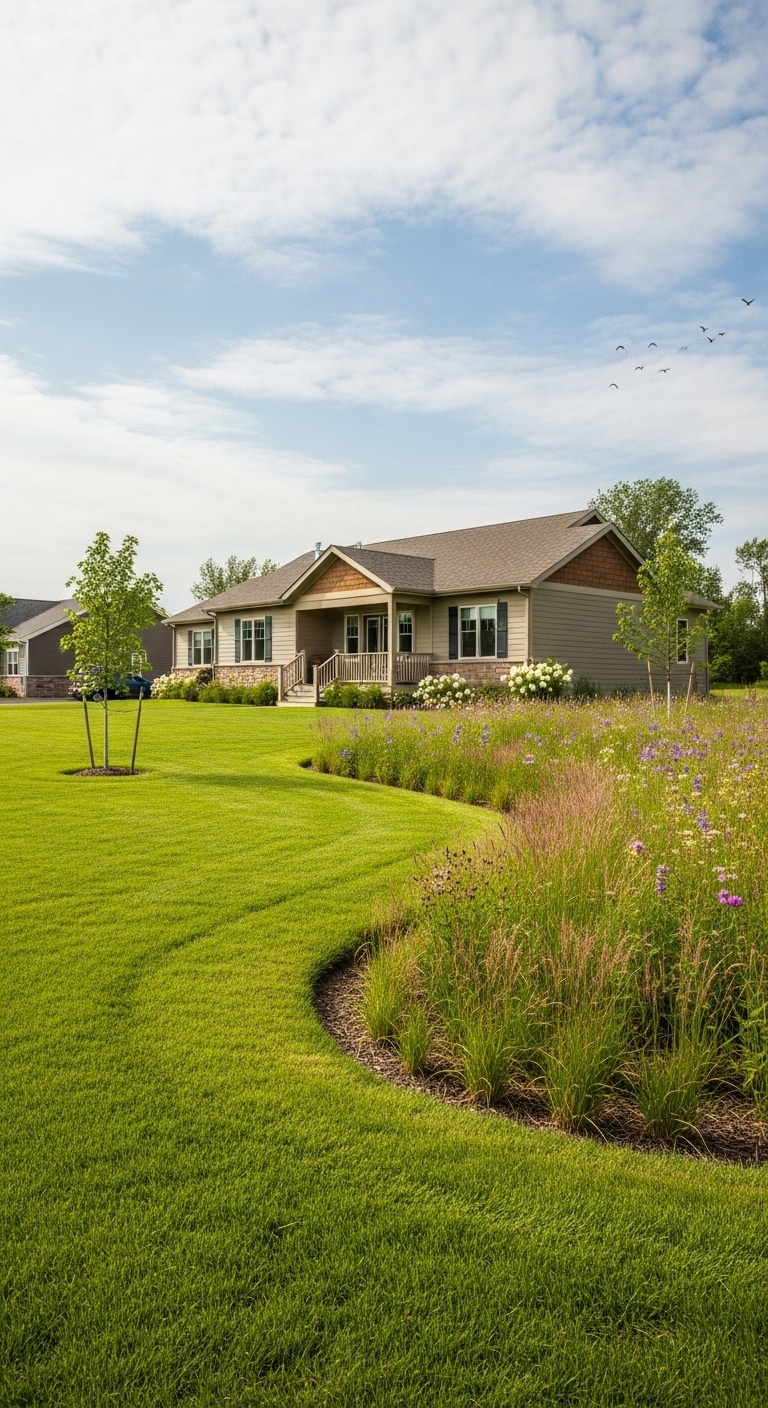
You might not expect it, but a strip of grass can be a superhero for your yard. Buffer strips made of grasses soak up water before it races off, taking good soil with it.
Plant native grasses in these strips and you’ll slow down runoff. The water gets a chance to sink in instead of washing away your garden.
Buffer strips grab dirt and chemicals before they reach storm drains or streams. They keep your soil where it belongs and add a nice green border along edges.
Their roots hold the ground tight, fighting off erosion. Plus, they look pretty sharp, don’t they?
Expert Tip From MrPlanter: Pick grasses that love your climate and don’t need much fuss. Plant in bands to trap more water and keep your soil happy.
19. Use Porous Concrete that lets your driveway breathe and drinks your rain like a champ
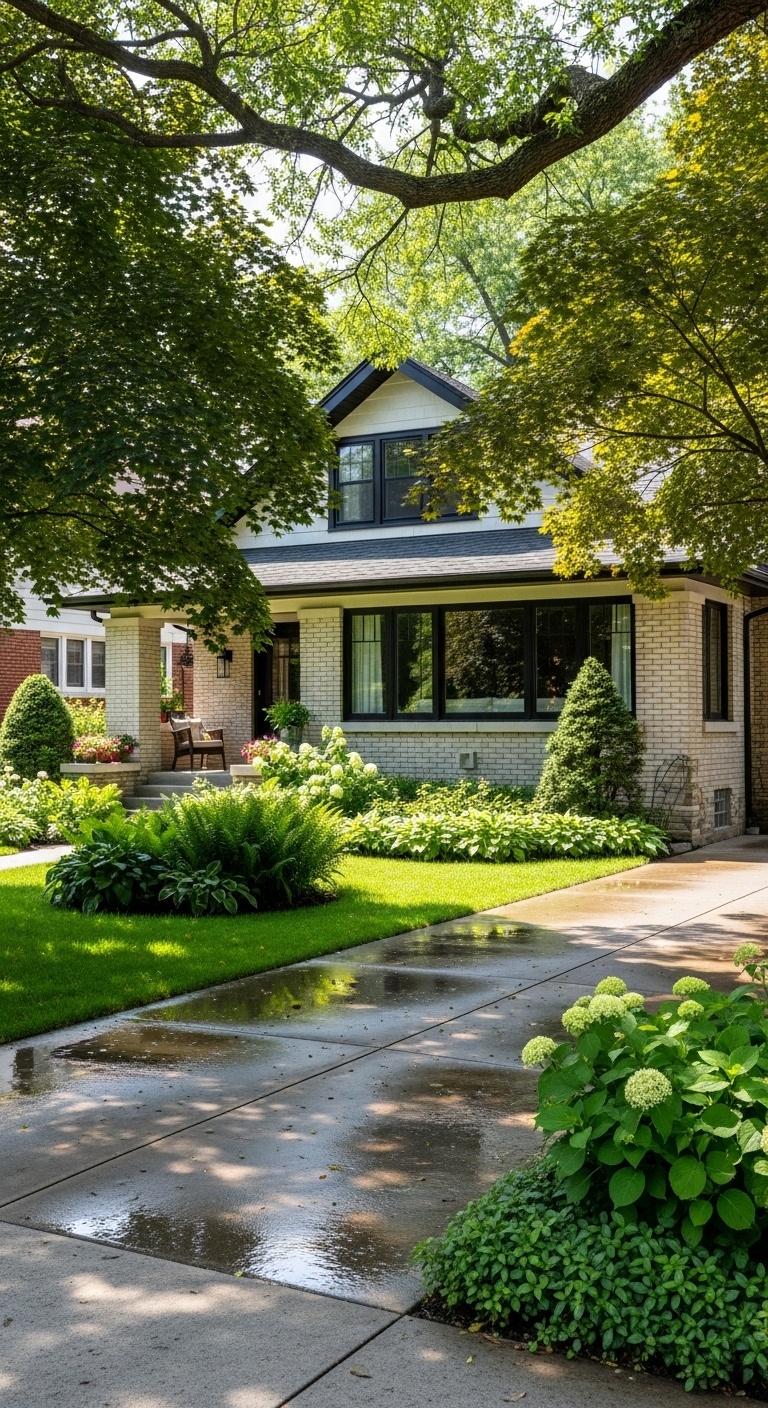
Ever seen your driveway turn into a tiny pond after a storm? Porous concrete fixes that by letting water seep straight through.
Instead of puddles, rainwater soaks down into the ground. That helps prevent floods and keeps your driveway dry.
Porous concrete is full of little holes, so it acts like a sponge. It’s tough enough for cars but still lets water through.
It also keeps dirt and junk out of streams and storm drains. Your driveway stays cleaner, and you help the planet a bit too.
You’ll deal with fewer repairs since water can’t sneak under and cause cracks. It’s a win-win.
Expert Tip From MrPlanter: “Sweep up leaves and dirt so the concrete keeps soaking up water. A little cleanup goes a long way.”
20. Place Tree Trenches, a fancy name for giving thirsty trees a spa day with water management
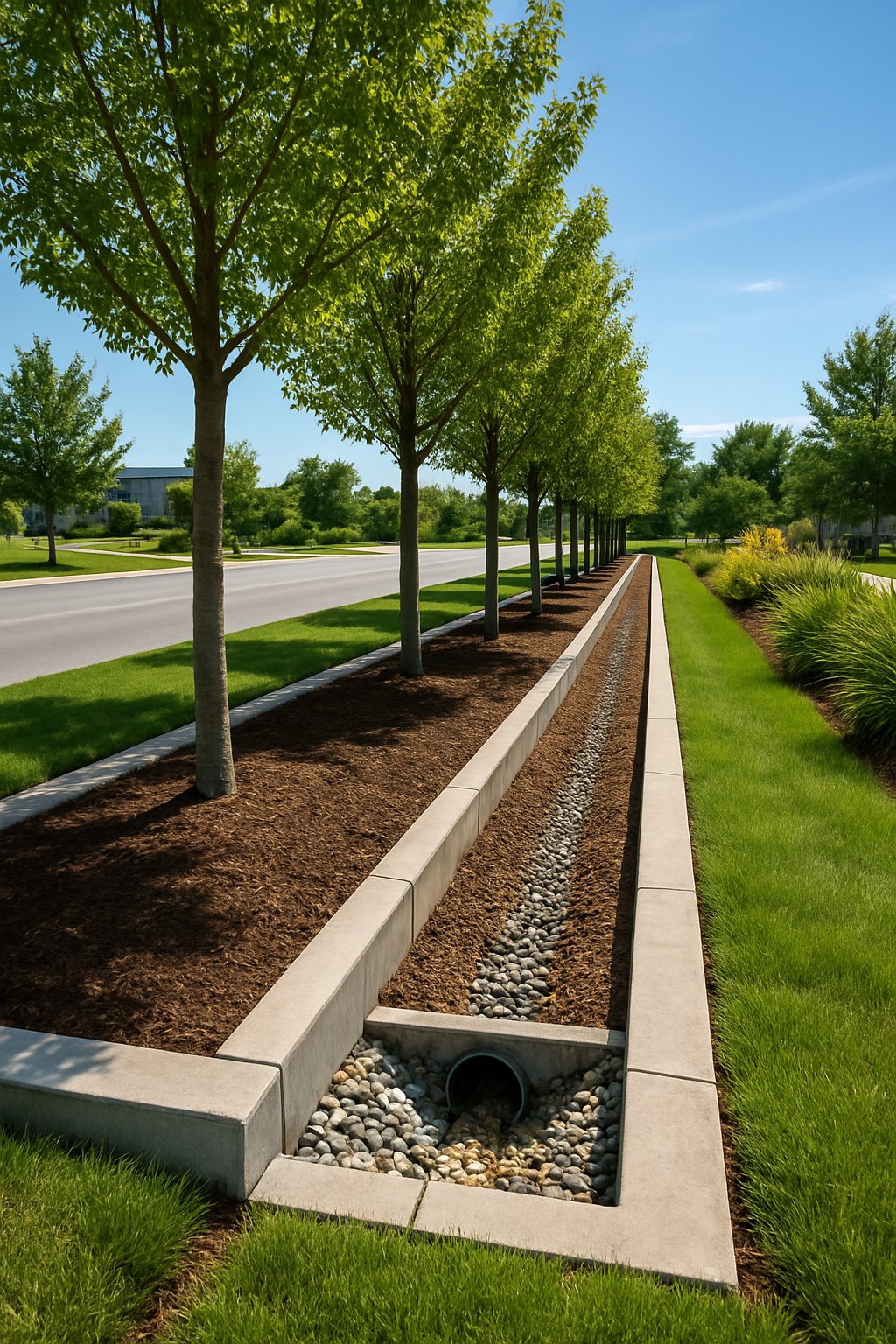
Trees don’t just magically sip rain—they need a little help when water runs off too fast. Tree trenches are like a spa day for your trees.
These long, narrow pits under sidewalks or lawns catch stormwater and let roots soak it up slowly. When it rains, water flows in and stays put for thirsty roots.
Tree trenches filter out dirt and pollution, too. Your trees grow stronger, and your yard stays less soggy.
Plant them along sidewalks or near parking lots where water always collects. It’s a treat for your trees and your yard.
Expert Tip From MrPlanter: Tree trenches work best where water naturally gathers. They turn plain rain into a treat for your trees.
21. Employ Geotextile Fabric under soils to keep dirt out but let water flow freely
Dirt and water don’t always play nice in your drainage setup. When soil sneaks into gravel or pipes, it clogs things up fast.
Geotextile fabric steps in like a referee. It lets water pass through but keeps soil where it belongs.
Lay this fabric under soil, especially around gravel beds or trenches. It holds the ground steady and keeps water moving where you want it.
You don’t need fancy skills—just roll it out and cover it up. Your drainage will thank you.
Expert Tip From MrPlanter: Go for non-woven geotextile for the best results. It’s easy to use and saves you from messy clogs later.
22. Add a Retention Pond if your yard is the unofficial swimming pool of the neighborhood
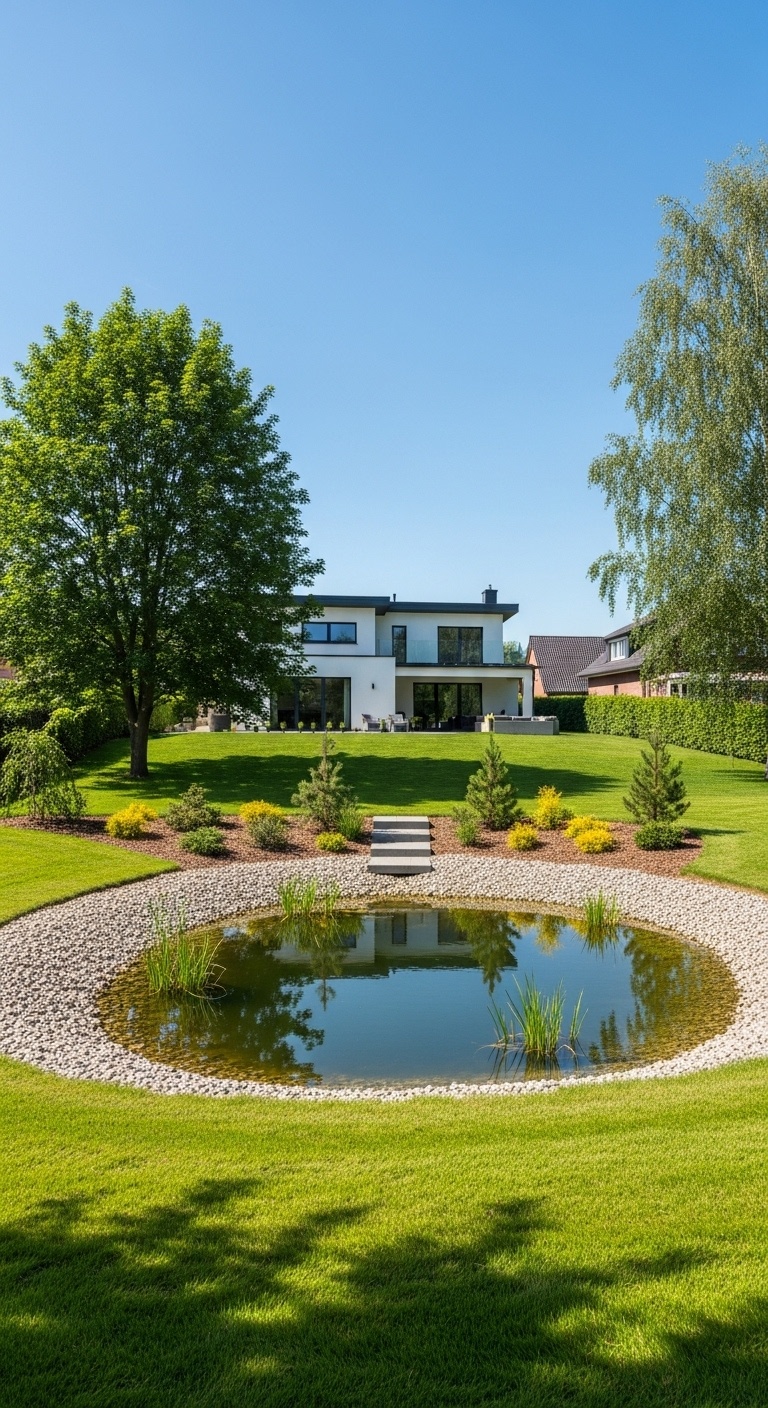
If your yard turns into a swimming pool every time it rains, a retention pond could be your new best friend. It catches stormwater and holds onto it, instead of letting it flood your lawn or wash out your flowerbeds.
A retention pond keeps some water year-round, but controls how much stays and when it leaves. This helps stop floods and keeps your yard from turning into a swamp.
It can even clean up water before it reaches streams or rivers. Just remember, these ponds need a bit of care and might need a permit.
They’re not just holes in the ground—they’re planned features that help the whole neighborhood stay dry.
*Expert Tip From MrPlanter: A retention pond is like a rest stop for rainwater. Check your local rules before digging, and you’ll have a smart way to handle heavy storms.
23. Fix Low Spots by raising them with soil—no more accidental mini-swamps
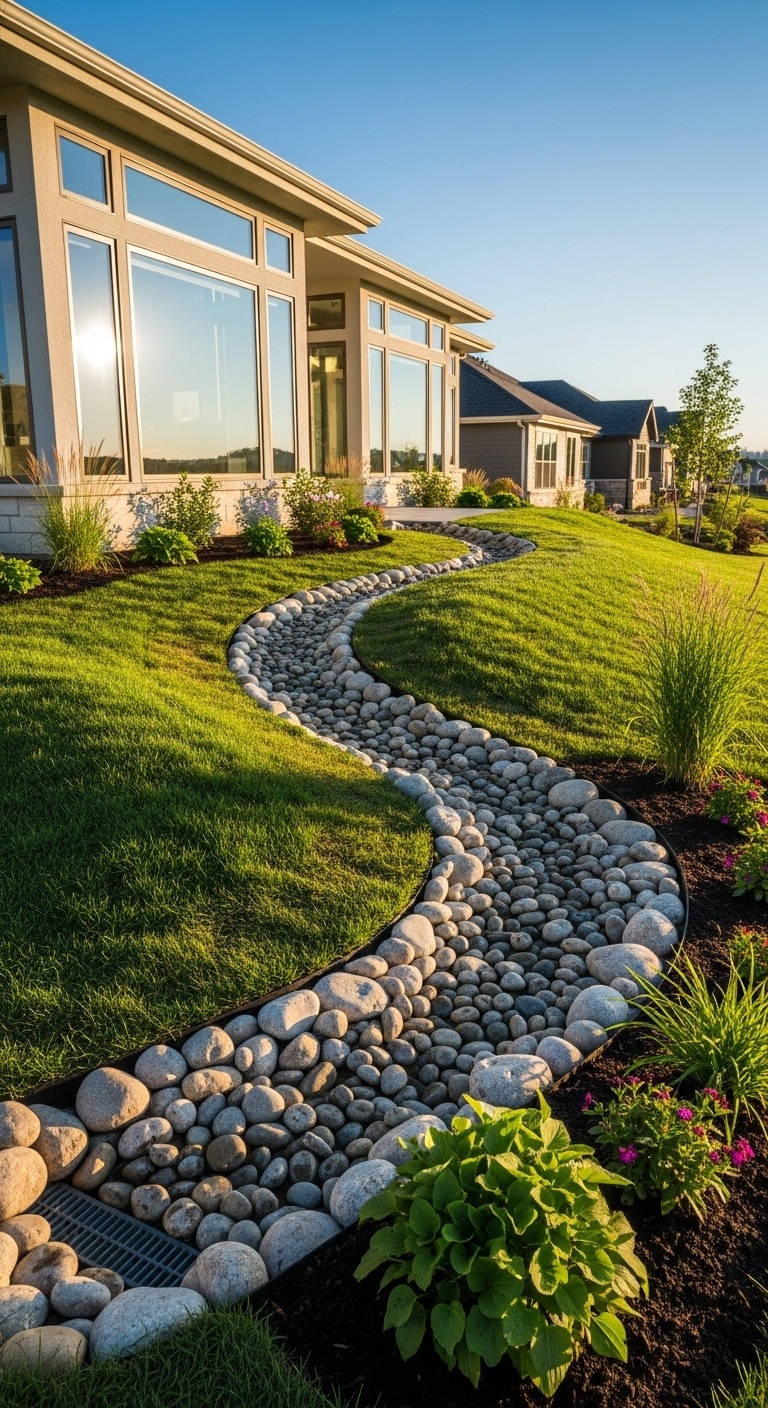
Ever found yourself ankle-deep in a soggy patch of yard? Yeah, those random dips sneak up on you like backyard booby traps.
They scoop up water and turn into mud puddles that just refuse to go away.
Honestly, you don’t have to put up with that mess. You can grab a shovel and fill those low spots with a mix of soil, sand, and compost.
This combo fills in the dips and helps water drain so you won’t get surprised by swampy shoes after it rains.
Just toss the mix in, spread it around, and rake it out until it looks pretty even.
Your grass will poke through before you know it.
If you spot a deeper hole, go for some good topsoil that’s close to what you already have in your yard.
That way, your lawn keeps looking natural and nobody will ever guess you patched it up.
Expert Tip From MrPlanter: Add soil a little at a time, so you don’t accidentally smother your grass. Give it a gentle watering after to help the soil settle in—trust me, your lawn will thank you.
24. Use Turf Reinforcement Mats to keep your grassy areas from turning into muddy pigpens
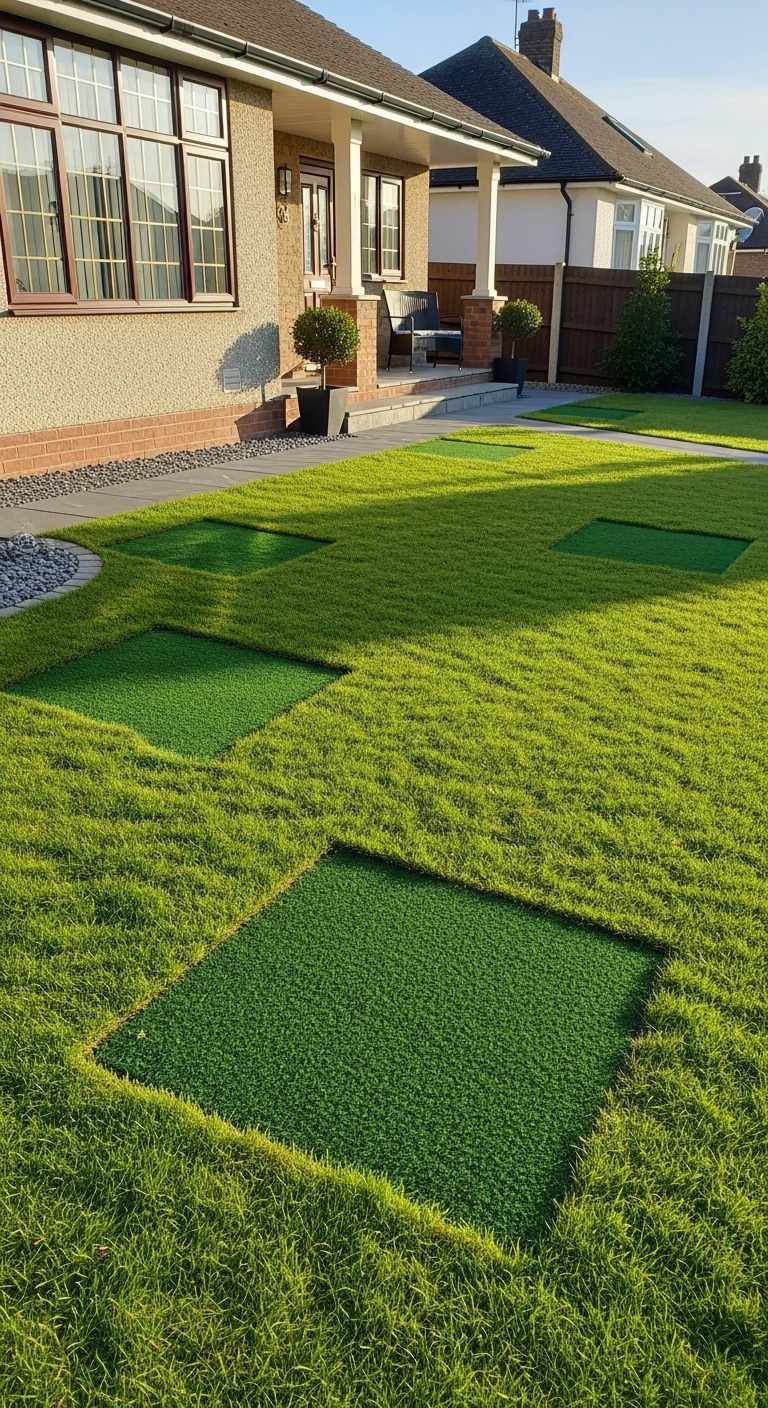
Nobody wants to squish through a muddy yard, especially when you’re dreaming of soft, green grass under your feet. Turf reinforcement mats can save the day here.
Think of these mats as the unsung heroes hiding under your lawn. They quietly help your grass stay put and keep your yard from turning into a swamp after a good rain.
Rainwater usually loves to run wild, washing away soil and leaving behind a mess. But when you use these mats, they hold everything together so your grass can actually stick around—especially on those slippery slopes or low spots where puddles like to hang out.
Manufacturers make these mats from tough stuff that can handle years of weather, so you won’t end up patching the same spot every spring. The mats work with your grass, not against it, which honestly feels like a win-win.
Expert Tip From MrPlanter: Put down turf mats before rainy season hits. You’ll thank yourself when your lawn stays green and soft instead of turning into a slip-n-slide.
- Ideal for protecting green areas subject to high pedestrian and vehicular traffic
- Mesh size: 1. 4 in. x 1. 4 in.
- Tenax keep it Green mat for grass protection, 6.7 x 50′
- Professional grass protection, Great for events or pavement substitute



